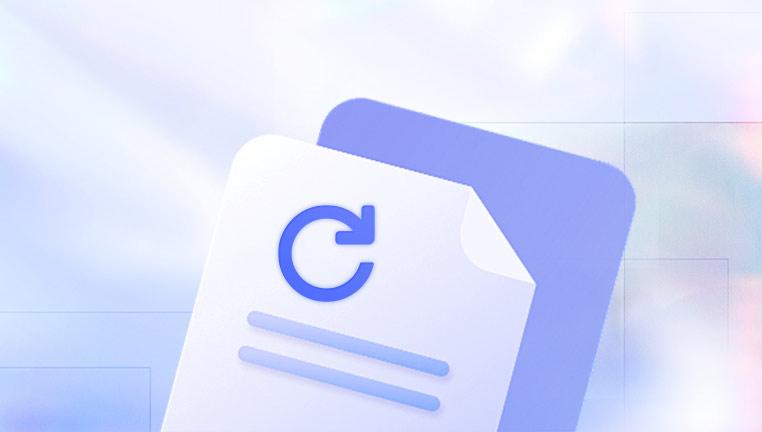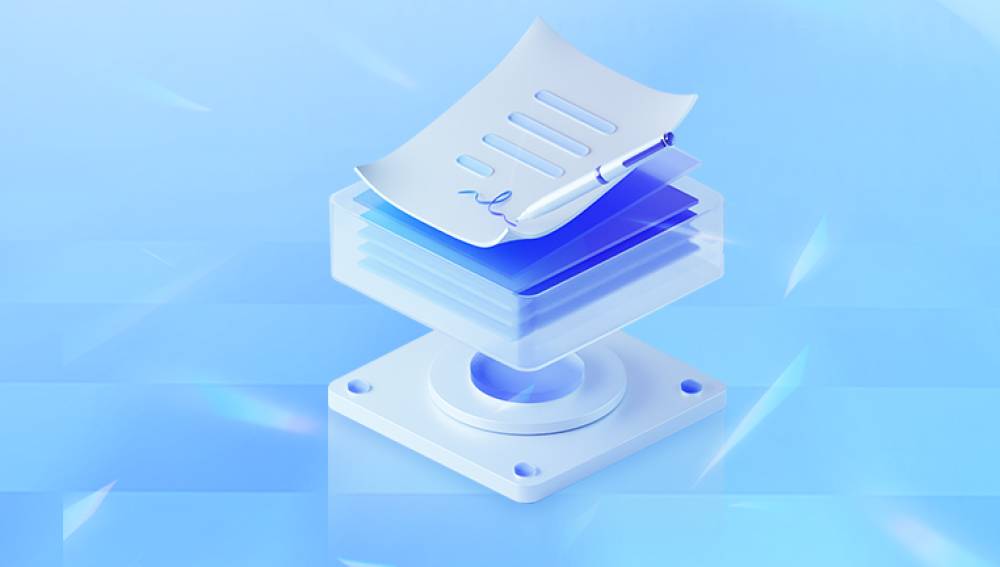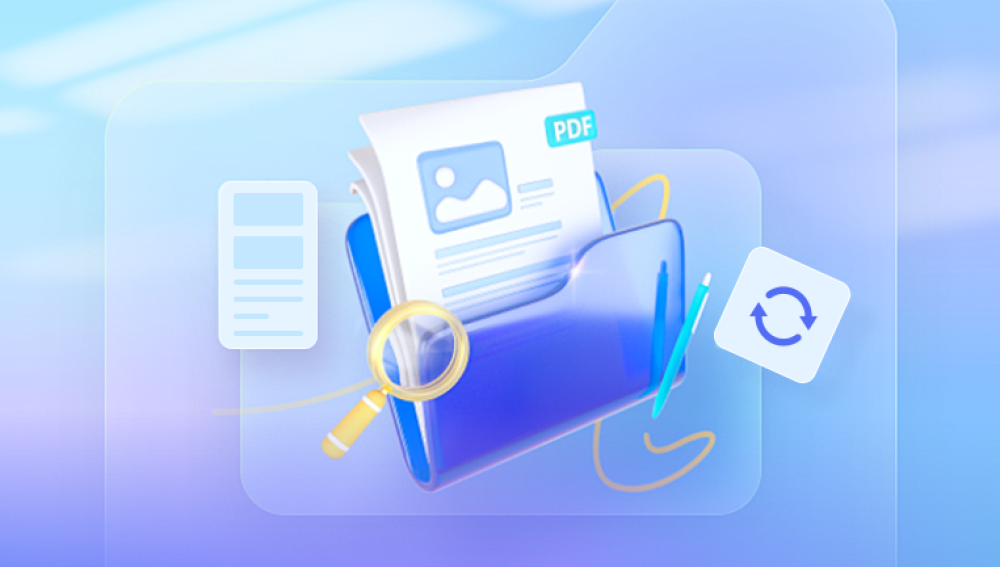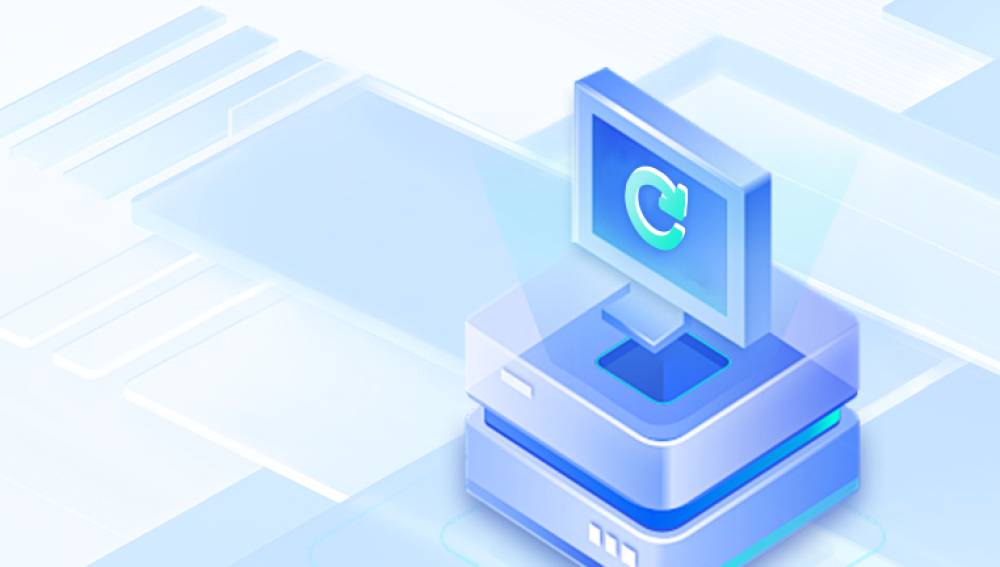SharePoint is a powerful tool used by organizations worldwide for document management and collaboration. One common task in SharePoint is replacing existing documents with updated versions. Whether you're updating a policy document, replacing outdated project files, or managing revisions of a report, knowing how to effectively replace a document in SharePoint is crucial. This guide will walk you through the process step-by-step, providing tips and best practices to ensure a smooth and efficient experience.
A document library in SharePoint is a location on a site where you can create, collect, update, and manage files with your team. Each library displays a list of files and key information about the files, such as who last modified a file and when.

Key Features of Document Libraries
Version Control: Keeps track of changes to documents, allowing users to view and restore previous versions.
Metadata: Enables the addition of descriptive information about documents, making it easier to organize and search.
Permissions: Allows administrators to control access to documents, ensuring that sensitive information is protected.
Co-Authoring: Facilitates real-time collaboration on documents.
Steps to Replace a Document in SharePoint
Step 1: Access the Document Library
To replace a document, first navigate to the document library where the existing file is stored. This can typically be done by logging into your SharePoint site and selecting the appropriate library from the site’s navigation menu.
Step 2: Locate the Document
Once in the document library, locate the document you wish to replace. You can use the search bar, filter options, or simply browse through the files to find the specific document.
Step 3: Check Out the Document
Checking out a document ensures that no other users can make changes to it while you are updating it. To check out a document:
Click on the ellipsis (…) next to the document name.
Select More.
Click Check Out.
Step 4: Upload the New Document
With the document checked out, you can now upload the new version. There are several ways to do this:
Method 1: Drag and Drop
Open the folder containing the new document on your computer.
Drag the new document into the document library in SharePoint.
When prompted, confirm that you want to replace the existing file.
Method 2: Upload Button
Click on the Upload button in the document library toolbar.
Select Files.
Browse to the location of the new document on your computer.
Select the document and click Open.
When prompted, confirm that you want to replace the existing file.
Step 5: Check In the Document
After uploading the new document, you need to check it in to finalize the replacement. To check in the document:
Click on the ellipsis (…) next to the document name.
Select More.
Click Check In.
Add any comments about the changes made in this version (optional).
Click OK.
Step 6: Verify the Replacement
Ensure that the new document has been uploaded correctly by opening it and checking that it contains the updated content. You can also view the document's version history to confirm that the new version has been recorded.
Best Practices for Replacing Documents in SharePoint
Maintain Clear Version History
One of SharePoint's strengths is its ability to maintain a detailed version history of documents. Always check in documents with comments about the changes made. This practice helps team members understand the evolution of the document and provides a record of updates.
Use Consistent Naming Conventions
Consistent naming conventions make it easier to manage and locate documents. Avoid using ambiguous names and include relevant details such as dates or version numbers in the file name.
Utilize Metadata
Adding metadata to documents enhances searchability and organization. Use metadata fields to capture important information about the document, such as the author, project name, or document type.
Set Appropriate Permissions
Ensure that only authorized users can replace documents. Use SharePoint’s permission settings to control who can edit, upload, and replace files in the document library.
Train Users
Provide training for users on how to replace documents in SharePoint. Familiarity with the process helps prevent mistakes and ensures that document management runs smoothly.
Common Challenges and Solutions
Accidental Overwriting
Accidentally overwriting a document can result in the loss of important information. To mitigate this risk:
Enable Versioning: Always enable version control in document libraries to allow recovery of previous versions if needed.
Check Out Documents: Require users to check out documents before editing to prevent simultaneous edits.
Permission Issues
Users may encounter permission issues when trying to replace documents. To resolve this:
Review Permissions: Ensure users have the appropriate permissions for the document library.
Use Permission Levels: Create custom permission levels if necessary to provide the right level of access.
Large File Sizes
Replacing large documents can be challenging due to upload limits and slow upload speeds. To address this:
Optimize File Size: Compress large documents before uploading.
Increase Upload Limits: Adjust SharePoint’s upload limit settings if you have administrative privileges.
Advanced Options for Document Replacement
Using Power Automate for Automated Replacements
Power Automate (formerly Microsoft Flow) can automate the process of replacing documents in SharePoint. For example, you can create a flow that automatically replaces a document when a new version is added to a specific folder.
Custom Scripts with PowerShell
For advanced users, PowerShell scripts can automate document replacement tasks. Scripts can be used to batch replace documents, manage permissions, and handle versioning.
Third-Party Tools
Several third-party tools offer enhanced functionality for managing documents in SharePoint. These tools can provide additional features such as bulk uploads, enhanced metadata management, and advanced reporting.
Replacing a document in SharePoint is a common task that can be performed efficiently by following the steps outlined in this guide. By understanding the features of SharePoint document libraries, adhering to best practices, and addressing common challenges, you can ensure a smooth and effective document management process. Whether you are a casual user or an IT professional, mastering the art of document replacement in SharePoint will enhance your productivity and collaboration efforts.
By integrating advanced options like Power Automate and custom scripts, you can further streamline and automate the process, making document management even more efficient. With these tools and techniques at your disposal, you can confidently manage and replace documents in SharePoint, keeping your organization's information up-to-date and accessible.




